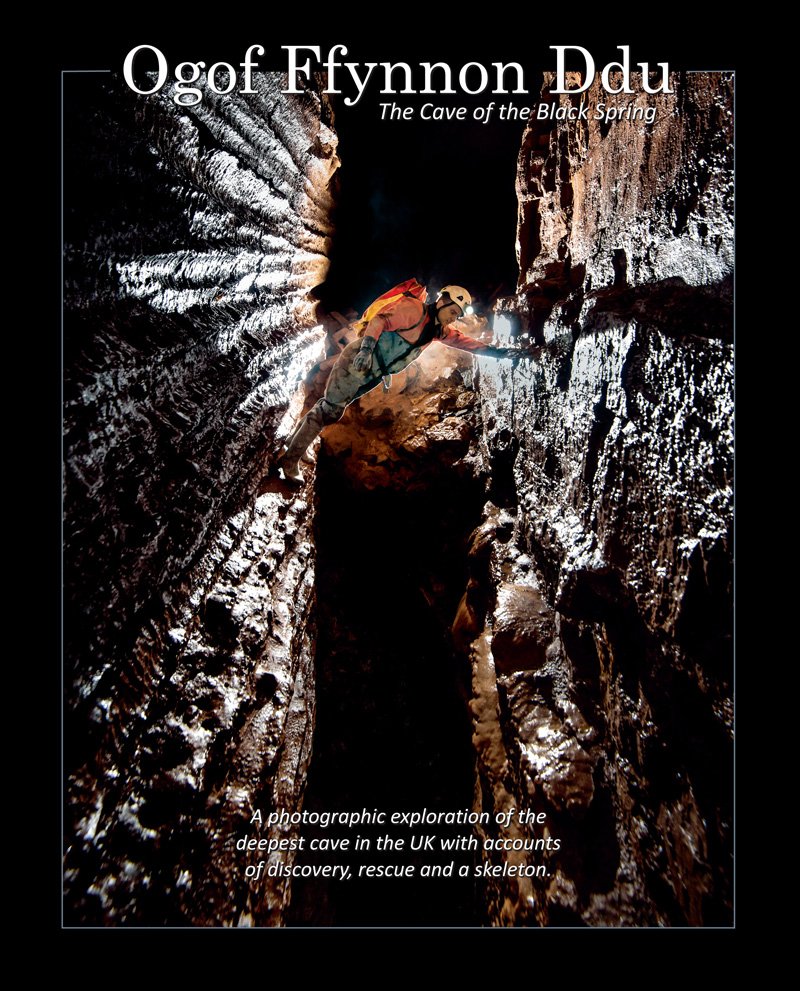OK Graham - will do my best.
This is not an easy question to answer. Most of the many dye tests that have been done (starting well over a century ago) seem to indicate that the Tarn water (sinking in the Watlowes valley) goes to Aire Head Springs to the south of Malham and that the water from the Smelt Mill Sink (west of the tarn) goes to the Cove. More than one school geography text book quotes this as a "classic" example of streams crossing underground. This is a gross oversimplification.
There are many other smaller sinks which should be taken into account, not to mention a vast amount of autogenic input, after a prolonged wet spell, from the large catchment to the north and northwest of the risings in question.
Some people feel that some of the tests in the past have been unnecessarily complex in design or partly flawed in their interpretations. What might help are a few basic observations. For example, in wet conditions, there is only one big sinking stream (the Tarn sinks) and only one big resurgence (the Cove). Also, in exceptionally dry conditions Aire Head may dry up completely yet there is still a significant stream sinking at the Tarn sinks. This suggests that the information in the first paragraph above is not entirely representative of what's really happeneing.
One commonly held view is as follows (but remember that this itself is still an oversimplification). In dry conditions (but not the driest!) the Tarn water water sinks closer to the Tarn (further up valley) and this sinking water drains to Aire Head. The Smelt Mill sink drains to the Cove. As discharge in the Tarn water increases, the water flows further down the Watlowes valley, utilising extra (older) sinks. (It has been observed in recent times to sink as far down as the foot of the "dry" waterfall at the point where a side valley, probably guided by the Langscar fault, joins the main valley). These older sinks do drain to the Cove, which might partially explain why such a massive discharge can occur from the Cove in really wet conditions.
There is one other rising which should be borne in mind in extremely high water conditions; Cawden Burst. It is possible (though not proven) that a hypothetical distributary from these wet-weather-only sinks in the Watlowes (i.e. tarn water) feeds Cawden Burst. The latter is certainly a significant rising in flood conditions; this is the one which floods the main road through Malham (outside the Listers Arms) though normally it is totally dry.
So there you are; the hydrolgy of the Malham area is fascinating but has never been fully elucidated. The potential for a huge cave system is definitely there but it's proving a tough nut to crack. One day . . . . .

